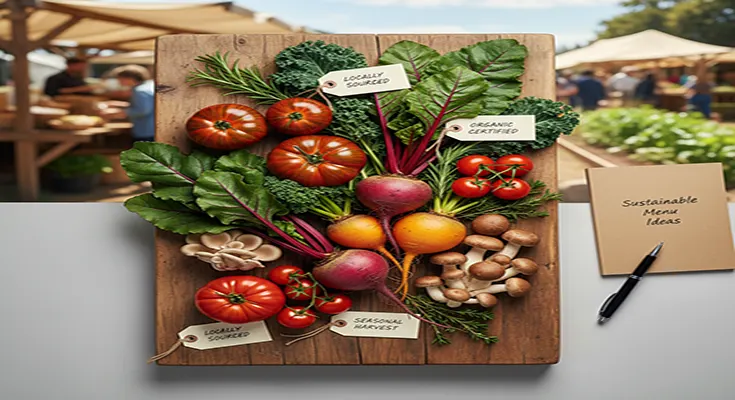
Beyond the Basics: How to Attract Non-Vegan Customers to Your Vegan Restaurant
Vegan restaurants are no longer just for vegans. The rise of flexitarianism, health consciousness, and environmental awareness means a huge market of non-vegan diners—or “open-omnivores”—are looking for delicious, plant-forward options.
To capture this broader audience, your marketing strategy needs to pivot. It’s not just about what your food doesn’t contain, but what it offers: flavor, familiarity, and a fantastic dining experience.
1. Focus on Flavor and Familiarity, Not Just ‘Vegan’
The primary barrier for non-vegan diners is often the misconception that plant-based food lacks taste or satisfaction. Your menu and marketing should directly address this.
- Prioritize Taste and Texture: The taste must be irresistible. Use mouthwatering descriptions that emphasize the sensory experience. Instead of “vegan burger,” try “Smoky Black Bean Burger with Crispy Fried Onions.” Highlight the juiciness, savory notes, and satisfying textures.
- Offer “Plant-Based” Classics: Non-vegans are more likely to try plant-based versions of dishes they already





